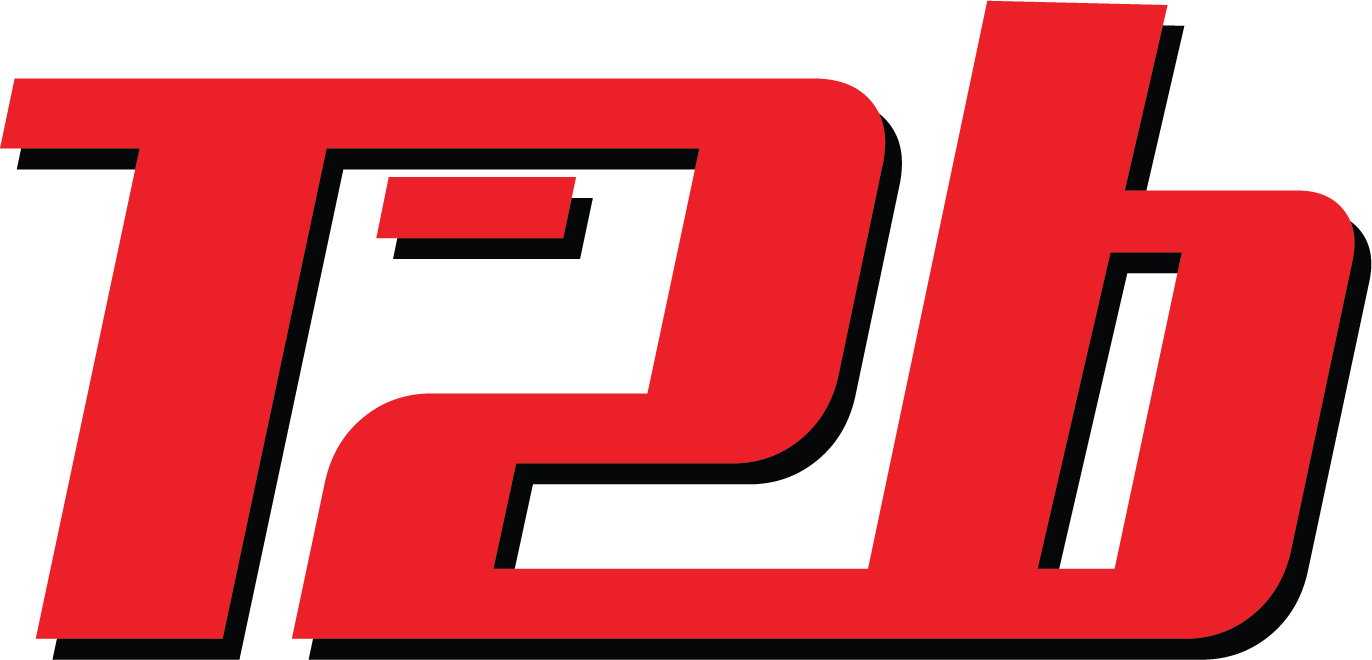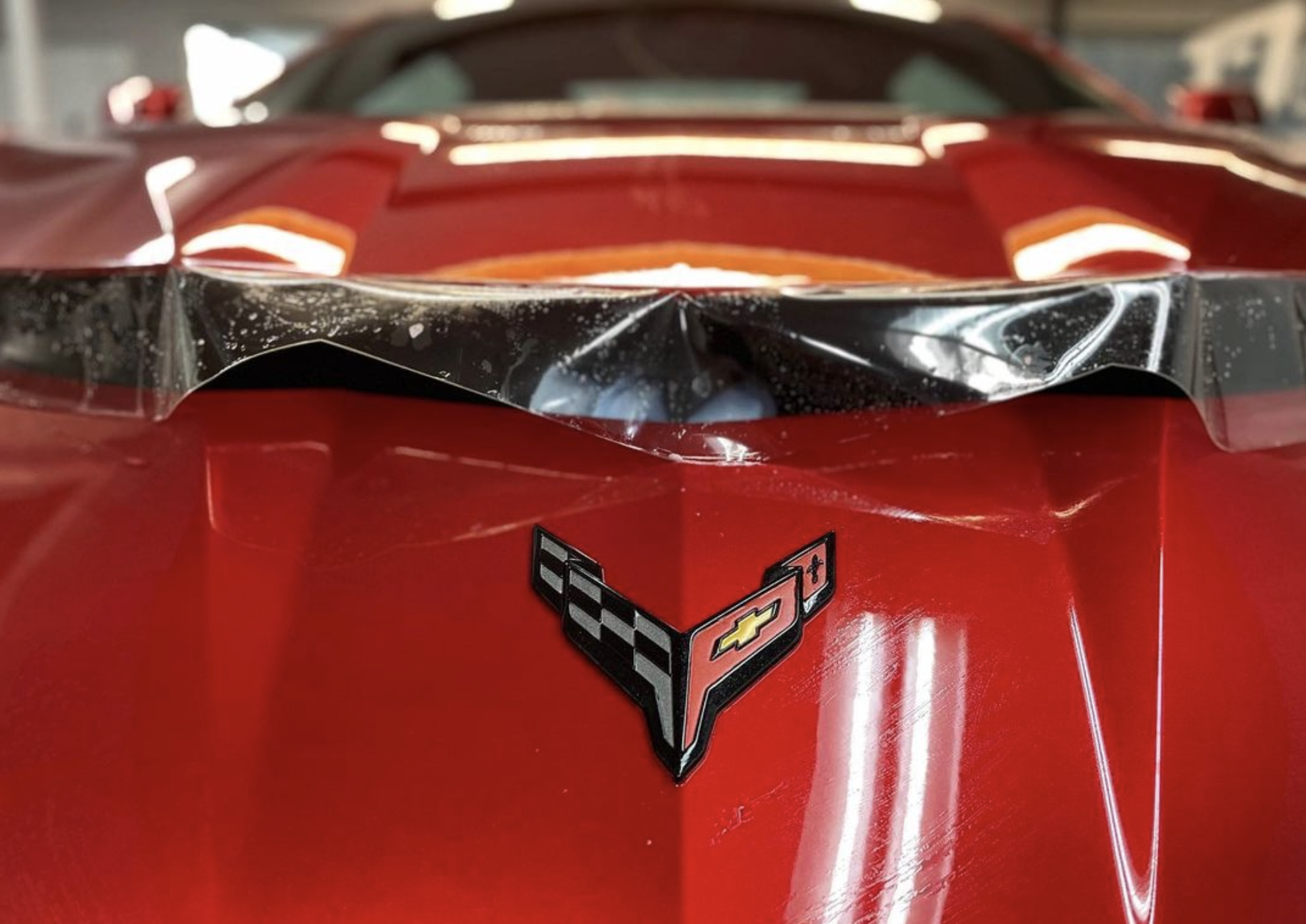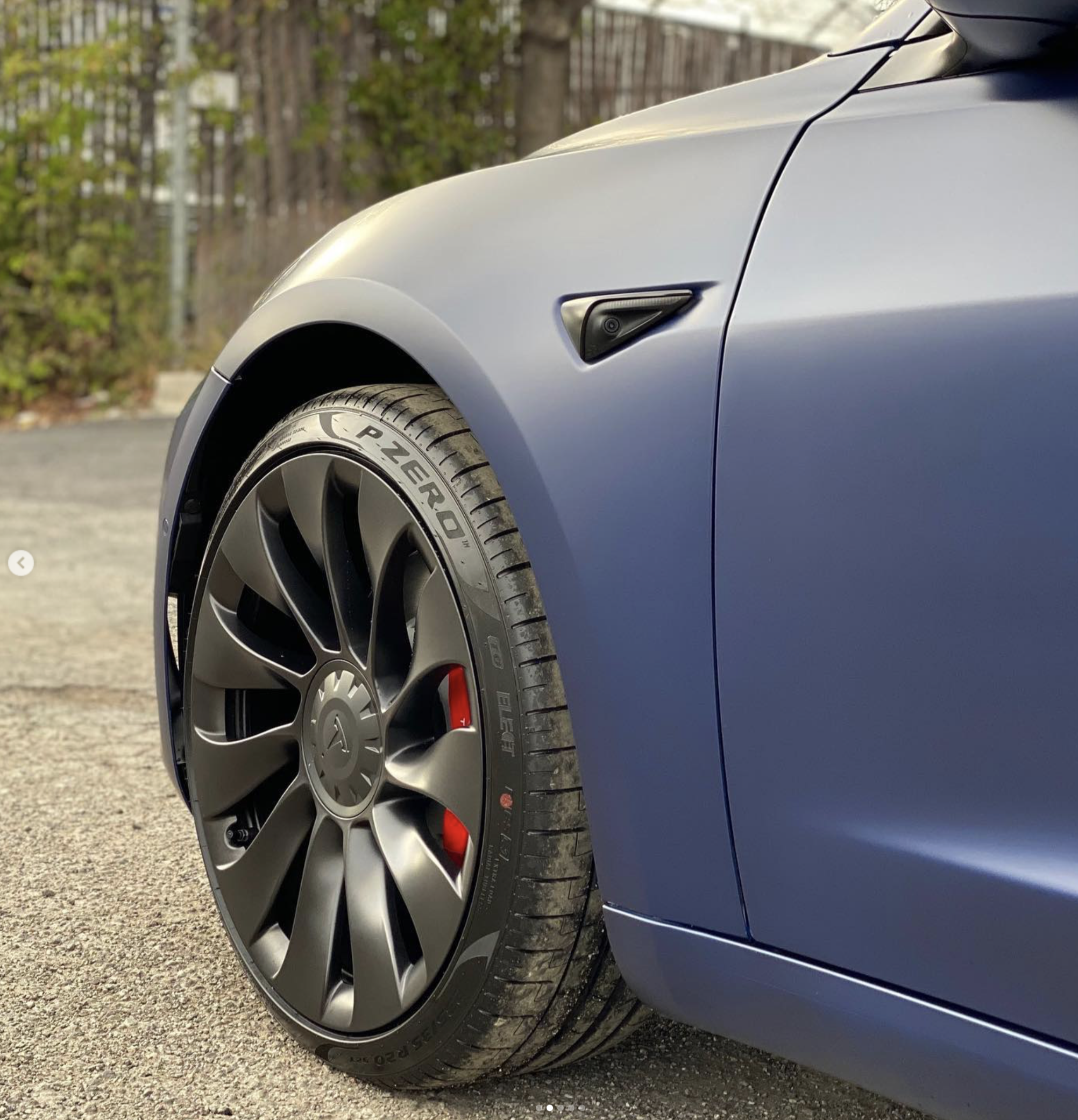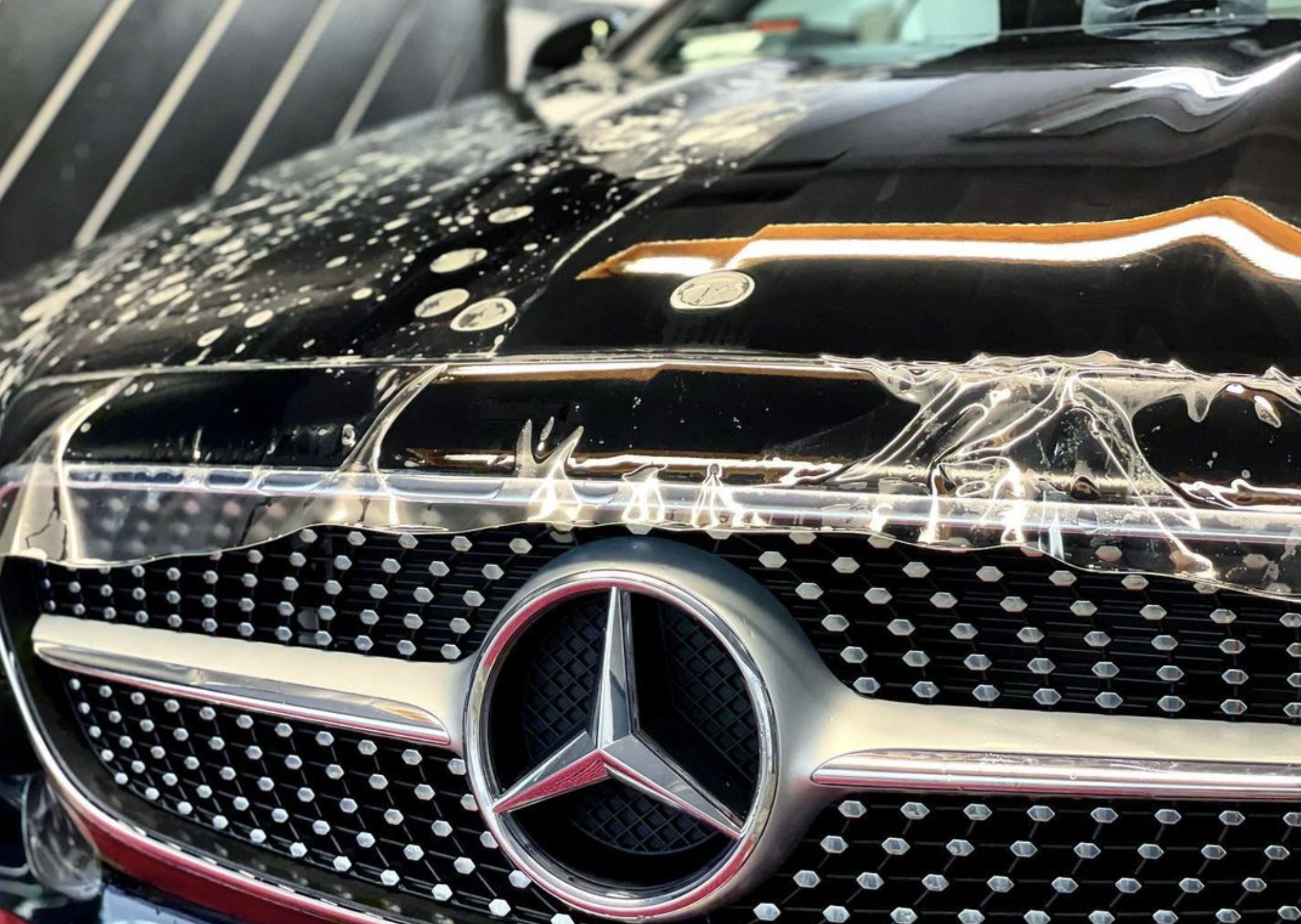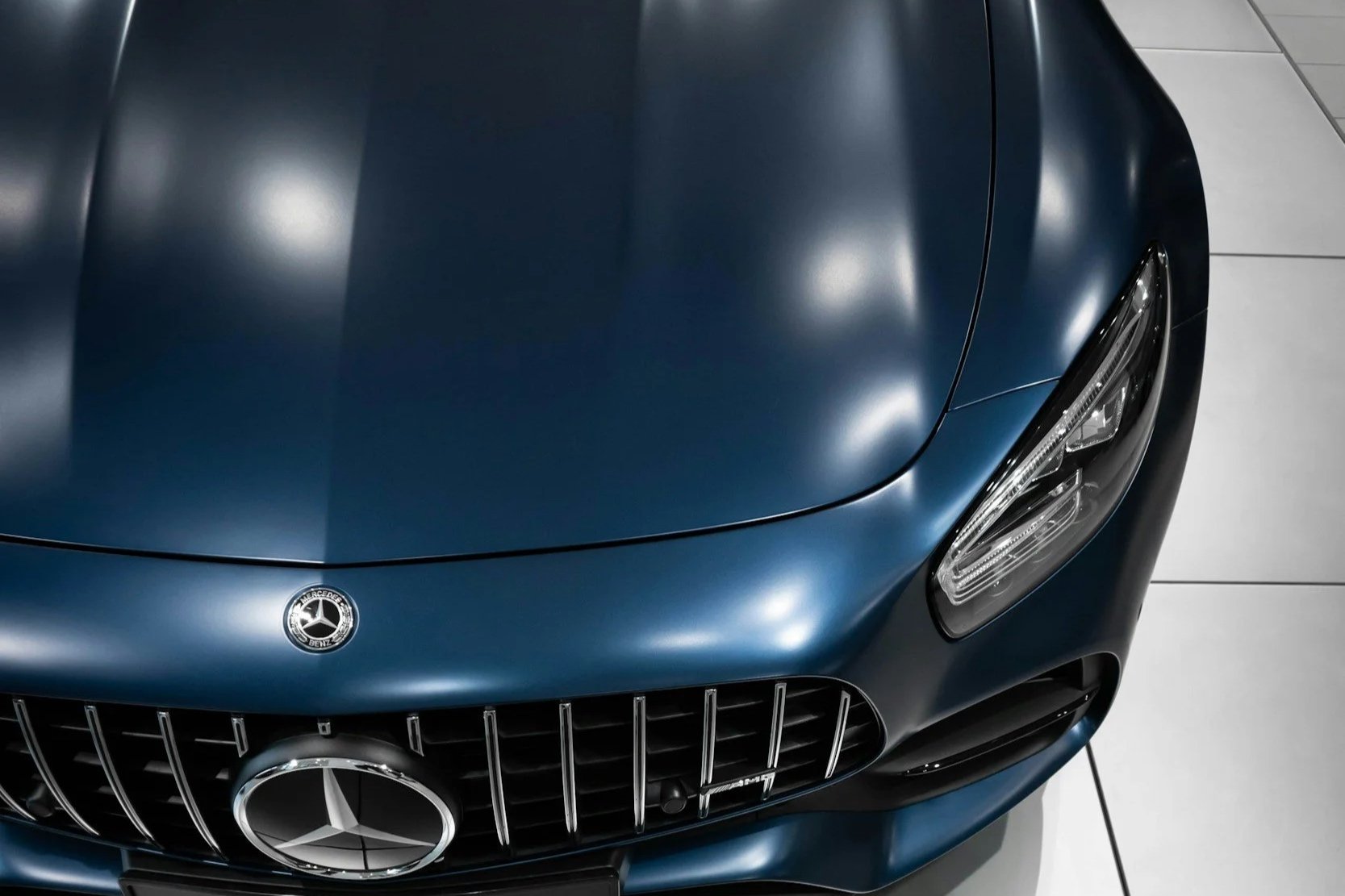TOP TO BOTTOM DETAILING
32839 Temecula Pkwy #A Temecula, CA 92592 // 951.775.7662
PAINT PROTECTION FILM (PPF) IN TEMECULA, CA | CLEAR BRA INSTALLATION
T2B PROTECTIVE FILM™ | Premium Clear & Matte Paint Protection Film
T2B Protective Film™ is our signature high-performance Paint Protection Film, engineered to deliver exceptional durability, clarity, and long-term protection. Designed for customers who want the best in paint preservation and finish enhancement, our film offers industry-leading resistance to chips, scratches, and environmental damage.
With unmatched optical clarity, a self-healing top coat, and hydrophobic surface technology, our PPF protects your vehicle while maintaining — or transforming — its appearance.
T2B Protective Film™ – CLEAR GLOSS
Preserves the original factory look with incredible depth and shine.
Clear Gloss Features:
Ultra-clear, high-gloss finish
Blocks rock chips & scratches
Heat-activated self-healing surface
UV protection to prevent fading
Hydrophobic top coat for easier cleaning
Designed to stay crystal-clear for years
Perfect for customers who want their vehicle to look new long-term.
T2B Protective Film™ – MATTE STEALTH
Transforms any paint color into a smooth satin finish.
Matte Stealth Features:
Clean, satin OEM-style appearance
Same protection as clear gloss
Scuff & swirl-resistant
Self-healing capability
Modern, elegant look without repainting
Ideal for drivers who want a premium, stealthy appearance with maximum protection.
PPF COVERAGE OPTIONS
BUMPER PACKAGE
• Full Bumper Protection • Headlight Protection • Improves Gloss • Enhances Hydrophobic Properties • Self Healing • 10 year warranty
PARTIAL PACKAGE
• Full Bumper Protection • Headlight Protection • Half Fender Protection • Half Hood Protection • Front Side Mirror Protection • Improves Gloss • Enhances Hydrophobic Properties • Self Healing • 10 Year Warranty
FULL FRONT NO FENDERS
• Full Bumper Protection • Headlight Protection • Full Hood Protection • Front Side Mirror Protection • Improves Gloss • Enhances Hydrophobic Properties • Self Healing • 10 Year Warranty
FULL FRONT PACKAGE
• Full Bumper Protection • Headlight Protection • Full Fender Protection • Full Hood Protection • Front Side Mirror Protection • Improves Gloss • Enhances Hydrophobic Properties • Self Healing • 10 Year Warranty
FULL BODY PACKAGE
• Full Bumper Protection • Headlight Protection • Full Fender Protection • All Doors • Roof • Trunk • Quarter panel • Back Bumper • Rockers • Full Hood Protection • Front Side Mirror Protection • Improves Gloss • Enhances Hydrophobic Properties • Self Healing
UNMATCHED PROTECTION
T2B Protective Film™ shields your paint from:
Rock chips
Road debris
Scratches
Parking lot dings & scuffs
Bird droppings & bug acids
Hard water spots
Tree sap
UV fading & oxidation
Light scratches and swirls disappear with heat thanks to the film's advanced self-healing layer.
WHY CHOOSE OUR INSTALLS?
At Top to Bottom Detailing, our craftsmanship sets us apart:
Custom-fit patterns + skilled hand trimming
Proper paint prep & decontamination
Seamless edge wrapping where possible
Climate-controlled installation environment
Top-tier slip solutions & film handling
Your vehicle receives precision installation and meticulous attention to detail.
WARRANTY & MAINTENANCE
T2B Protective Film™ includes:
Manufacturer-backed warranty
Lifetime workmanship guarantee
Hydrophobic, easy-clean surface
Optional: Add ceramic coating on top of PPF for even more gloss and easier washing.
2023 TESLA 3. MATTE/SATIN PAINT PROTECTION FILM.
FAQ'S ABOUT CLEAR BRA / PAINT PROTECTION FILM
+ What is PPF and how does it work?
PPF stands for Paint Protection Film, which is a clear, thermoplastic urethane film that is applied to the exterior surfaces of a vehicle to protect it from damage caused by rocks, debris, and other road hazards. PPF is a self-healing material that can prevent scratches and chips from damaging the paint surface of a vehicle. It works by absorbing the impact of rocks and debris, which would otherwise cause chips and scratches in the car's paint. The film is designed to be transparent and virtually invisible, so it does not alter the appearance of the car. PPF is applied to the car using a specialized adhesive that is designed to bond with the car's surface and protect it from damage. The film is available in various thicknesses and can be customized to fit the contours of any vehicle. Overall, PPF is a durable and long-lasting solution to protect the paint of a car, and it is often used by car owners who want to preserve the original paint finish of their vehicle.
+ What are the benefits of using PPF on my car?
- Protection against damage: PPF provides a protective layer that can prevent damage to your car's paint from rocks, debris, and other road hazards.
- Self-healing properties: PPF is a self-healing material that can absorb minor scratches and swirl marks, keeping your car's paint looking newer for longer.
- Preserves resale value: PPF can help maintain the resale value of your car by protecting the paint from damage and preserving its original appearance.
- Enhances appearance: PPF is a transparent material that does not alter the appearance of your car's paint, and can even enhance its gloss and shine.
- Easy to maintain: PPF is easy to clean and maintain, and can be washed and waxed just like the rest of your car's exterior.
- Long-lasting protection: PPF is a durable material that can provide long-lasting protection to your car's paint, and can last for several years with proper care.
Overall, PPF is an effective way to protect your car's paint from damage and preserve its appearance and value. By investing in PPF, you can have peace of mind knowing that your car is protected against rocks, debris, and other road hazards, while maintaining its original appearance and resale value.
+ Is PPF worth the investment?
Whether PPF is worth the investment or not depends on a number of factors, including the value of your car, your driving habits, and your personal preferences. Here are some factors to consider when deciding whether PPF is worth the investment:
- Value of your car: If you own a high-end or luxury vehicle, PPF may be a worthwhile investment as it can protect the car's paint from damage and help maintain its resale value.
- Driving habits: If you frequently drive on highways or roads with heavy traffic, PPF may be worth the investment as it can protect your car from damage caused by rocks, debris, and other road hazards.
- Personal preferences: If you are someone who takes pride in the appearance of your car and wants to maintain its original paint finish, PPF may be a good investment as it can prevent scratches and chips from damaging the car's paint.
Overall, PPF can be a good investment if you are looking to protect your car's paint and maintain its appearance and value. However, it is important to consider the cost of the PPF installation and weigh it against the potential benefits before making a decision. Additionally, PPF is not a foolproof solution and cannot protect against all types of damage, so it is important to continue practicing safe driving habits and taking good care of your car even with PPF installed.
+ Can PPF be applied to any car?
PPF can be applied to most cars, but there are some factors that can affect the installation process and the effectiveness of the film. Here are some factors to consider:
- Condition of the paint: PPF is designed to be applied to clean and undamaged paint. If the paint on your car is damaged or has deep scratches, it may need to be repaired before the PPF can be installed.
- Age of the car: PPF can be applied to cars of any age, but older cars with faded or oxidized paint may require additional preparation before the film can be applied.
- Customization: PPF can be customized to fit the contours of any vehicle, but certain car models and styles may require more customization and precision during the installation process.
- Quality of installation: The quality of the PPF installation is critical to its effectiveness and longevity. It is important to choose a reputable and experienced installer who uses high-quality materials and techniques to ensure a proper and long-lasting installation.
Overall, while PPF can be applied to most cars, the condition of the car's paint, age of the car, customization needs, and quality of installation can all affect the effectiveness and longevity of the film. It is important to consult with a professional PPF installer or detailer to determine if PPF is a good option for your car and to ensure a high-quality installation.
+ How long does PPF last and how often does it need to be replaced?
The lifespan of PPF can vary depending on the quality of the film, the conditions it is exposed to, and the level of maintenance it receives. Here are some general guidelines for the lifespan of PPF:
- Quality of film: High-quality PPF films can last up to 10 years or more, while lower-quality films may only last a few years.
- Conditions: PPF that is exposed to harsh weather conditions, such as extreme heat, cold, or humidity, may deteriorate more quickly than PPF that is exposed to mild conditions.
- Maintenance: Proper maintenance can help extend the lifespan of PPF. Regular washing can help protect the film from damage and keep it looking new.
- Damage: PPF that is damaged, such as by scratches or impact, may need to be replaced earlier than PPF that is well-maintained.
In general, most PPF manufacturers offer a warranty for their films, typically ranging from 5 to 10 years. However, the actual lifespan of the film may be longer or shorter depending on the factors listed above.
If you notice signs of damage or deterioration on your PPF, such as discoloration or peeling, it may be time to replace the film. It is important to have the film professionally removed and replaced to ensure a proper installation and to avoid damage to your car's paint.
+ Can PPF be removed without damaging the car's paint?
Yes, PPF can be removed from a car's paint without causing damage, as long as it is done properly. Here are the general steps to remove PPF from a car's paint:
- Heat the film: Use a heat gun or a steamer to warm the film, which can help soften the adhesive and make it easier to remove.
- Lift the film: Use a plastic razor or other plastic tool to lift the edge of the film, being careful not to scratch the paint. Slowly peel the film away from the paint at a 45-degree angle.
- Remove adhesive residue: Once the film is removed, there may be adhesive residue left on the paint. Use a specialized adhesive remover or a mixture of warm water and soap to remove the residue.
- Clean the paint: After the adhesive is removed, clean the paint with a mild detergent or soap and water.
It is important to have PPF removed by a professional detailer or installer to ensure that it is done properly and without causing damage to the car's paint. If the film is not removed carefully, it can leave adhesive residue on the paint or cause scratches or damage to the surface. Additionally, a professional detailer can inspect the paint for any damage or imperfections that may need to be repaired before new film is installed.
+ Does PPF require any special care or maintenance?
Yes, PPF does require some special care and maintenance to keep it looking its best and to ensure its longevity. Here are some tips for maintaining PPF:
- Avoid harsh chemicals: Do not use harsh chemicals, such as solvents or abrasives, to clean the PPF. Instead, use a mild soap and water solution or a specialized PPF cleaner.
- Hand-wash: Hand-washing is the best way to clean PPF. Avoid using a high-pressure sprayer or automatic car wash, which can damage the film.
- Dry carefully: After washing the car, dry the PPF carefully with a soft, microfiber towel to avoid scratching the film.
- Avoid parking under trees: Bird droppings, tree sap, and other environmental contaminants can damage PPF. Try to avoid parking under trees or in other areas where these contaminants are likely to fall on the car.
- Repair damage promptly: If the PPF becomes damaged, such as by scratches or impact, it is important to have it repaired promptly to prevent further damage.
Overall, PPF is relatively low-maintenance, but it does require some special care and attention to keep it looking its best and to ensure its longevity. It is important to follow the manufacturer's recommendations for care and maintenance, and to consult with a professional detailer or installer for advice on caring for your PPF.
+ Can PPF be applied to specific areas of the car, such as the front bumper or hood?
Yes, PPF can be applied to specific areas of the car, such as the front bumper, hood, fenders, mirrors, and other high-impact areas. This is commonly referred to as a partial PPF installation.
Partial PPF installations are a popular option for car owners who want to protect specific areas of their car without covering the entire vehicle. This can be a cost-effective alternative to a full PPF installation, and it can still provide significant protection for the most vulnerable areas of the car.
Partial PPF installations can be customized to suit the specific needs and preferences of the car owner. For example, some car owners may choose to apply PPF to the entire hood, while others may only apply it to the front edge. Similarly, some car owners may choose to apply PPF to the entire front bumper, while others may only apply it to the lower portion.
It is important to have partial PPF installations done by a professional installer to ensure a proper fit and to avoid damage to the car's paint. A professional installer can also advise on the best areas of the car to protect with PPF based on the car's make and model and the owner's driving habits.
+ Will PPF change the appearance of my car's paint or finish?
PPF should not significantly change the appearance of your car's paint or finish. In fact, a well-installed PPF should be virtually invisible, and it should not alter the color, gloss, or texture of the paint.
However, there are some factors that can affect the appearance of PPF. For example, poor installation or poor quality film can result in a hazy or cloudy appearance that can affect the clarity and shine of the paint. Additionally, PPF that has been damaged or is showing signs of wear may become discolored or appear dull over time.
To ensure the best appearance and performance from your PPF, it is important to choose a high-quality film and have it installed by a professional installer with experience working with PPF. A professional installer can ensure a proper fit, minimize the risk of damage to the paint during installation, and help maintain the appearance of the film over time with proper care and maintenance. Additionally, regular inspection and maintenance of the PPF can help identify and address any issues before they become more serious.
+ Can ceramic coatings be applied to PPF?
Yes, ceramic coatings can be applied to PPF to enhance its protective properties and improve its appearance. A ceramic coating is a liquid polymer that bonds to the surface of the PPF to create a hard, protective layer that can repel water, dirt, and other contaminants.
The ceramic coating can provide additional benefits to the PPF, such as increased resistance to scratches, swirls, and fading, as well as enhanced gloss and color depth. It can also make the PPF easier to clean and maintain, and can prolong the life of the film by protecting it from UV rays and other environmental factors.
It is important to note that not all ceramic coatings are suitable for use on PPF. Some coatings may contain abrasive particles or chemicals that can damage the film, while others may not bond properly to the PPF. It is important to choose a ceramic coating that is specifically designed for use on PPF, and to have it applied by a professional detailer with experience working with both PPF and ceramic coatings.
Additionally, it is important to properly prepare the PPF before applying the ceramic coating. This may involve washing, polishing, and/or decontaminating the surface of the film to ensure that it is clean and free of any dirt, oils, or other contaminants that can interfere with the bonding process.
NOW OFFERING CERAMIC COATINGS FOR WRAPPED VEHICLES - PPF OR VINYL WRAPS.
INTRODUCING BEADLOCK WRAP PPF & VINYL CERAMIC COATING. SHINE SUPPLY PRODUCTS.
READY TO PROTECT YOUR INVESTMENT?
Get the best Paint Protection Film in Temecula today!
Call or Text 951.775.7662 to schedule your PPF installation or get a free quote now.

